It’s the end of the road for Nissan’s well-loved (and well-hated) crossover, the Nissan Juke. Polarizing as it may be, the Juke has become an integral part of the automaker’s lineup, offering arguably interesting looks (its design was derived from the 370Z sports coupe) and easy driving manners due to the introduction of Nissan’s CVT in this model.
But in a random round of website visits, we discovered that the Juke isn’t listed on the automaker’s Philippine website anymore. Zilch. Nada. Zero. It’s not even listed under Nissan’s deals this month. In contrast, the much-older Almera sedan, which is rumored to get a new-generation model soon, is still part of the automaker’s promos.
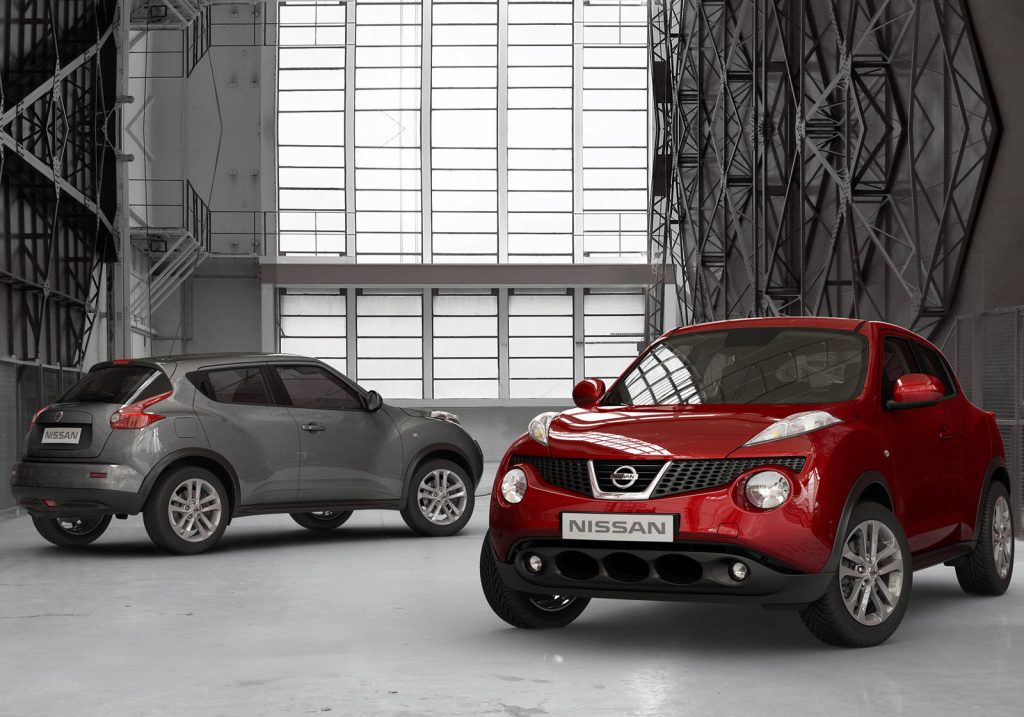
I reached out to Nissan Philippines for an official statement about the matter and discovered that the Juke currently sold in the country has reached the end of its production. Fair enough.
So what gives? I also asked for a statement about the Juke’s replacement from Nissan Philippines – but to no avail, naturally. He said that the replacement model for the local market hasn’t been confirmed yet as of this writing.
Then again, it won’t take a genius to know that an impending replacement is on its way. There are two possible vehicles, and here’s what you can expect from both.
2nd-generation Nissan Juke
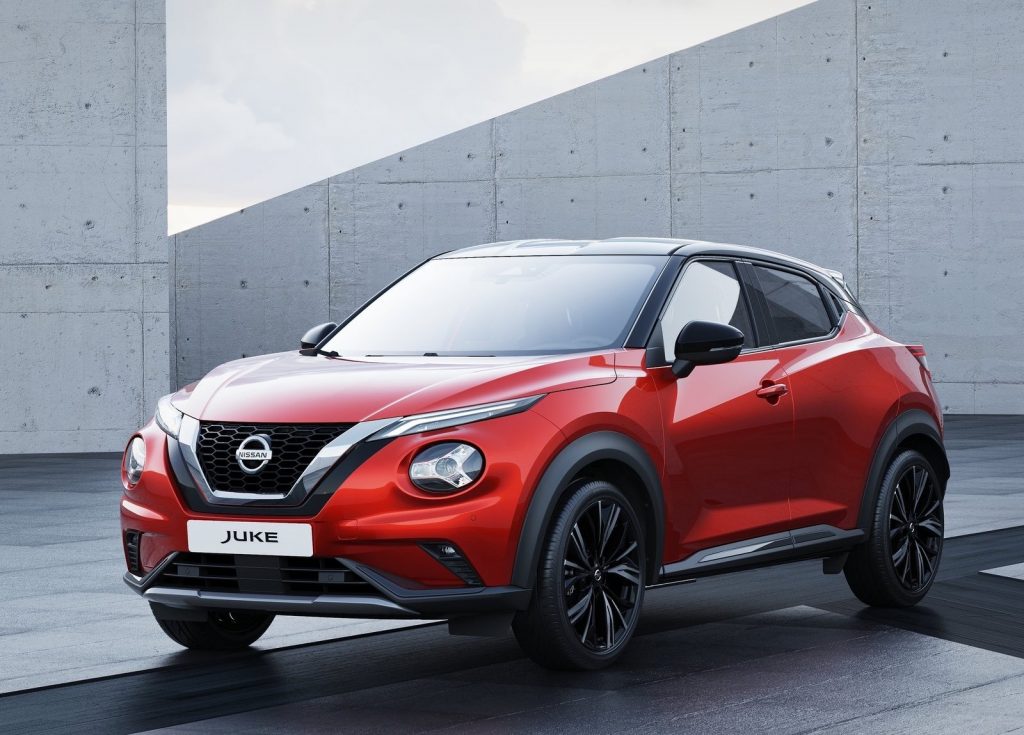
In 2019, Nissan introduced the second-generation Juke that’s bound for the European market. Bigger, bolder, better – the new Juke dons a less controversial styling than the outgoing model, while also bearing a new single powertrain option – the turbocharged 1.0-liter three-cylinder gasoline engine that makes 115 hp and 180Nm of torque. It also drops the CVT in favor of a 7-speed DCT and a manual option.
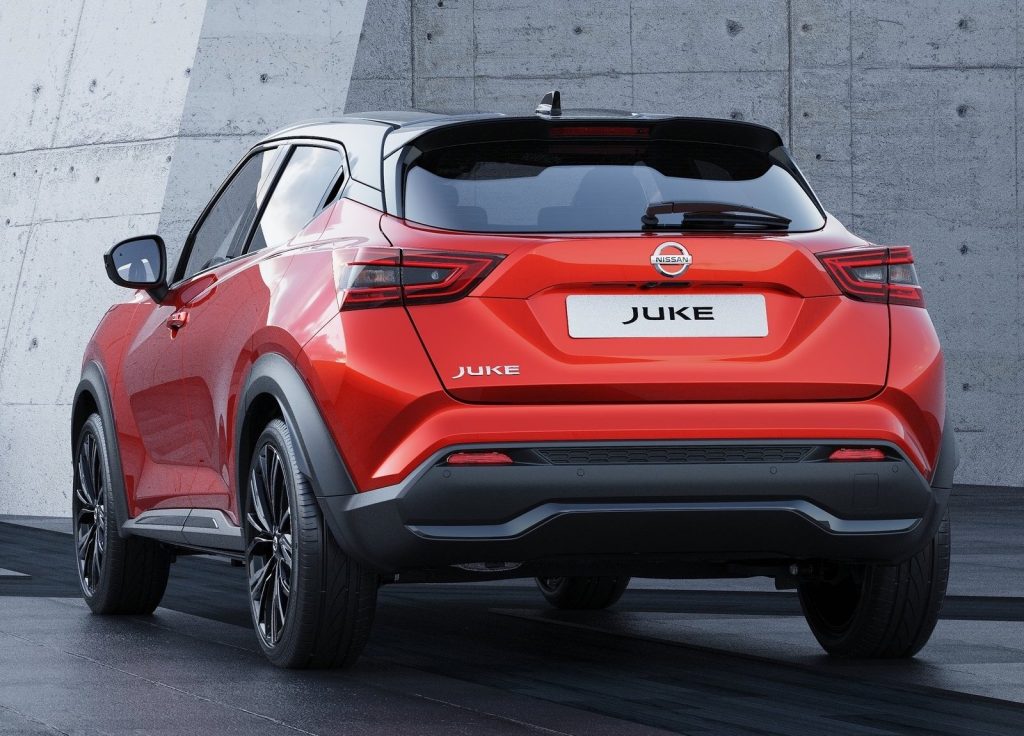
In May 2020, Nissan brings in the new Juke for the Asian market, most notably in Australia and Taiwan. Even better, the Asian Juke bears the same mill like the one sold in Europe. It also comes with a more complete set of safety features, including the coveted Nissan Intelligent Mobility.
Nissan Kicks
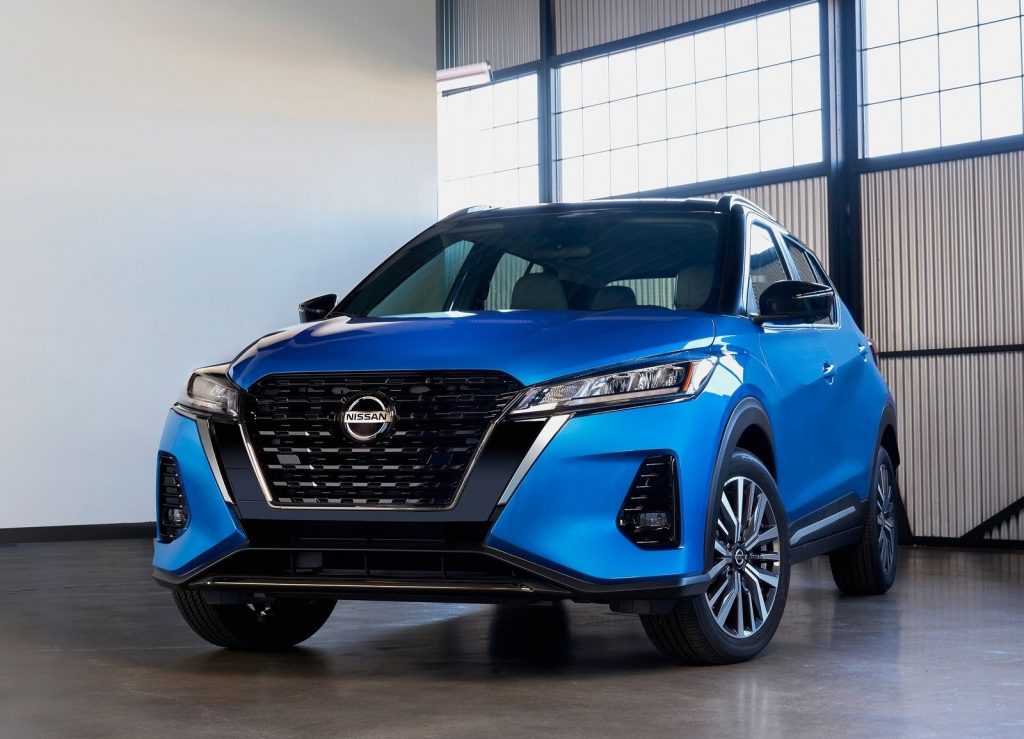
Not everyone’s aware that the Juke has a more “timid” brother called the Kicks. Out in the market since 2016, the Kicks bears a more conventional design than the Juke – and its facelifted version reaching the global stage in December 2020.
More importantly, the Nissan Kicks has a bevy of engine options in the market. The biggest of which is the 1.6-liter HR16DE gasoline motor that generates 125hp and 155Nm of twists, while the Chinese and Taiwanese version of the Kicks makes do with the smaller 1.5-liter HR15DE power plant.
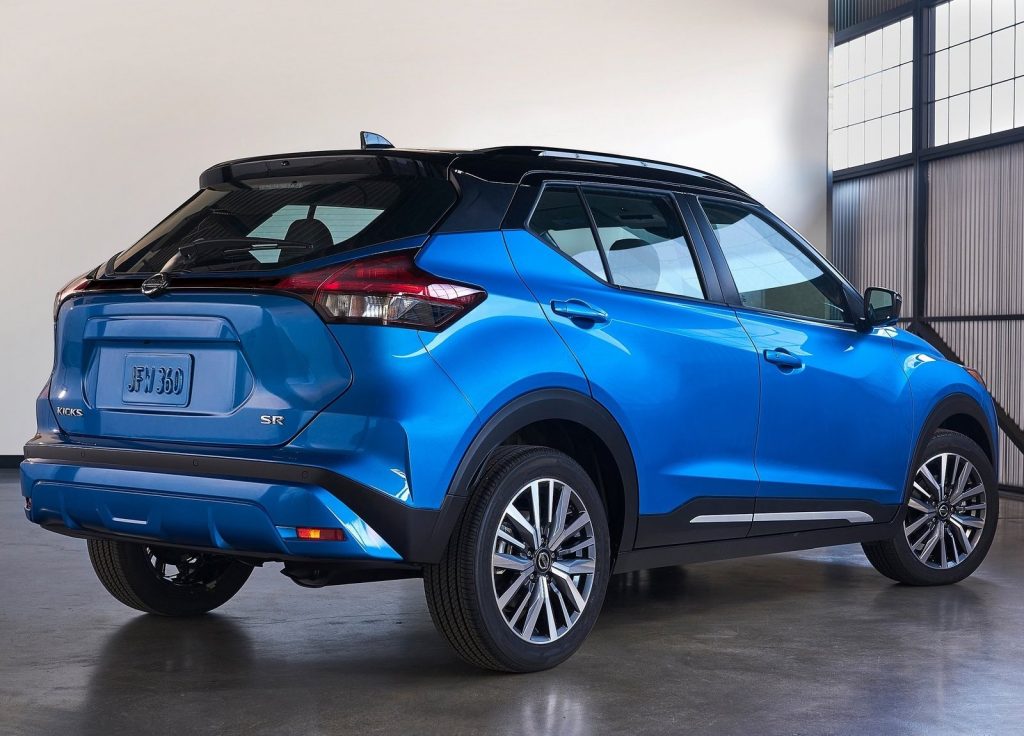
But what piques our interest the most is the Kicks e-Power that has reached Thailand in May 2020. The new technology – which uses a 78-hp 1.2-liter gasoline engine as a generator to charge the 1.57 kWh battery located under the Kick’s front seats – is propelled by an EM57 electric motor that makes 127hp and 260Nm of instantaneous pull. In other words, it’s practically an EV that carries its own charger on the road. Weird? Kind of.
As our contact in Nissan Philippines has stated, there isn’t any Juke replacement confirmed at this point, so it will likely be any of the two. Given the current aversion of Filipinos against EVs and batteries in general, we’ll wager that we’ll see the more conventional Kicks with a naturally-aspirated engine.
While what I said is a more likely case, the Kicks with an e-Power isn’t a bad proposition at all – considering how aggressive Nissan is with their push for electrification and the fact that the Kicks e-Power is produced in Thailand where the company imports the Terra and Navara from.
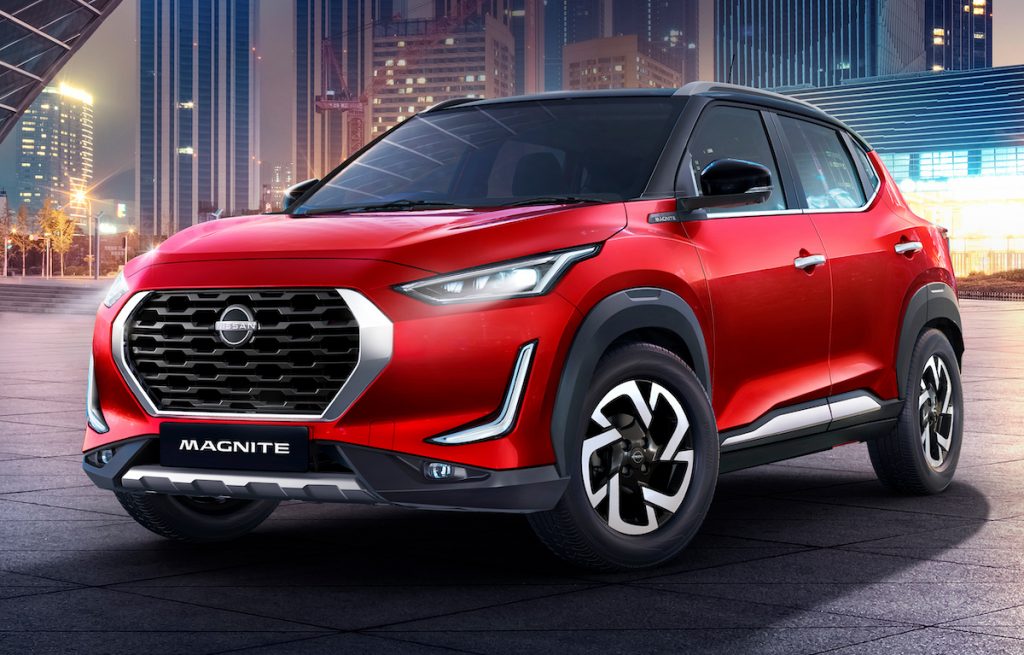
Or Nissan Philippines might even consider the Magnite – a global model that was introduced in India at the end of 2020. But the Magnite is substantially smaller than the Juke. It will slot under the Juke or Kicks in the lineup, if at all.
Whatever the case may be, only time can tell. But one thing’s for sure – there’s a new Nissan crossover coming very soon.

